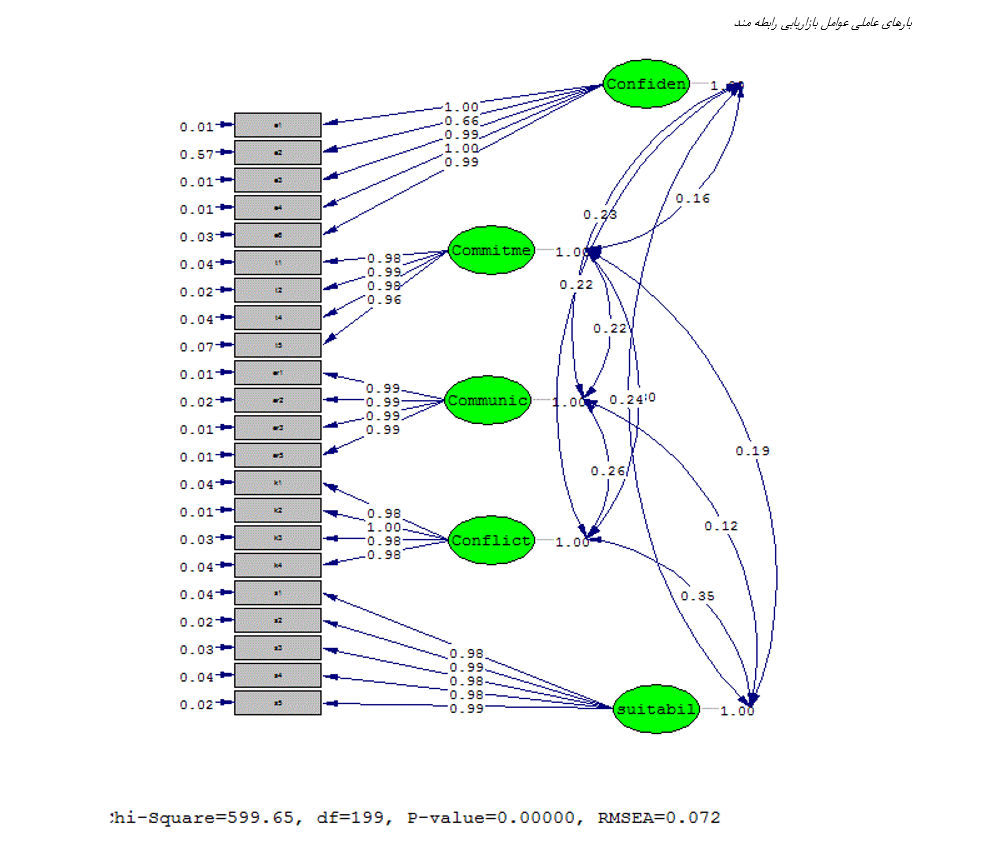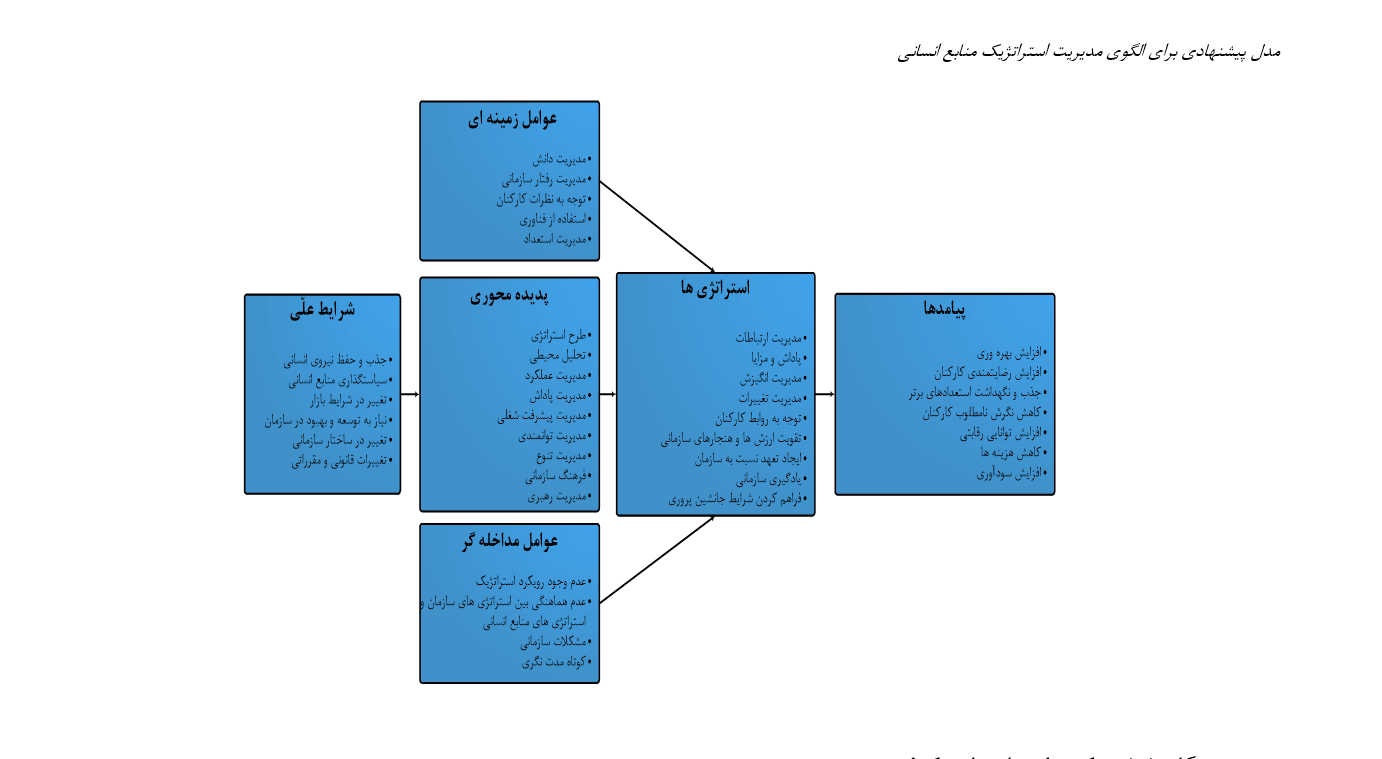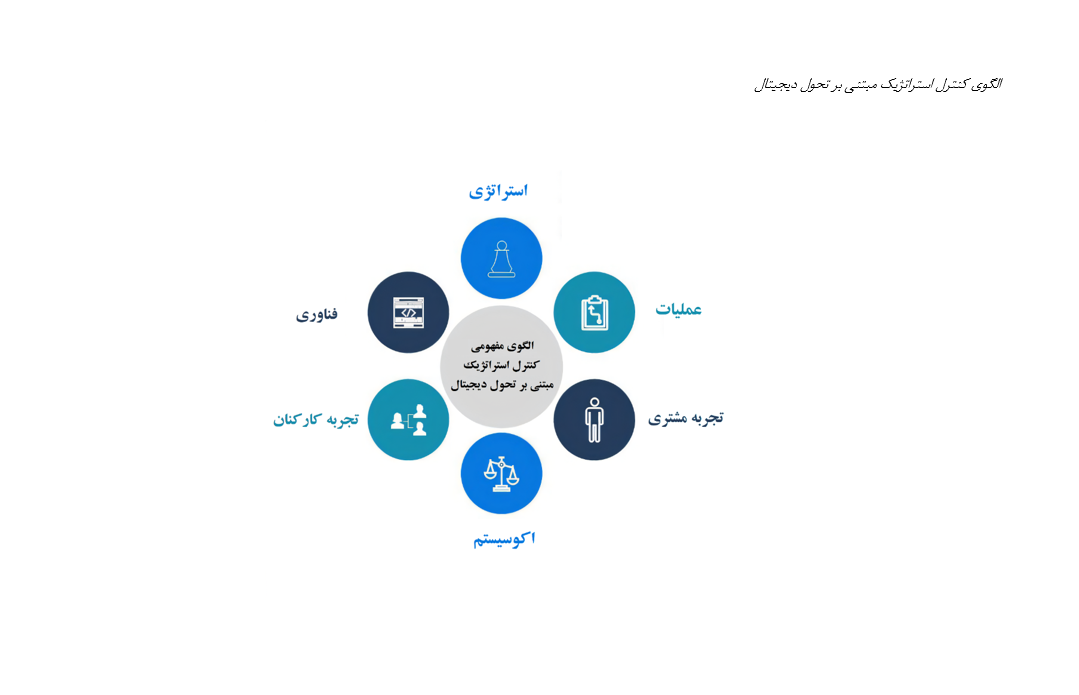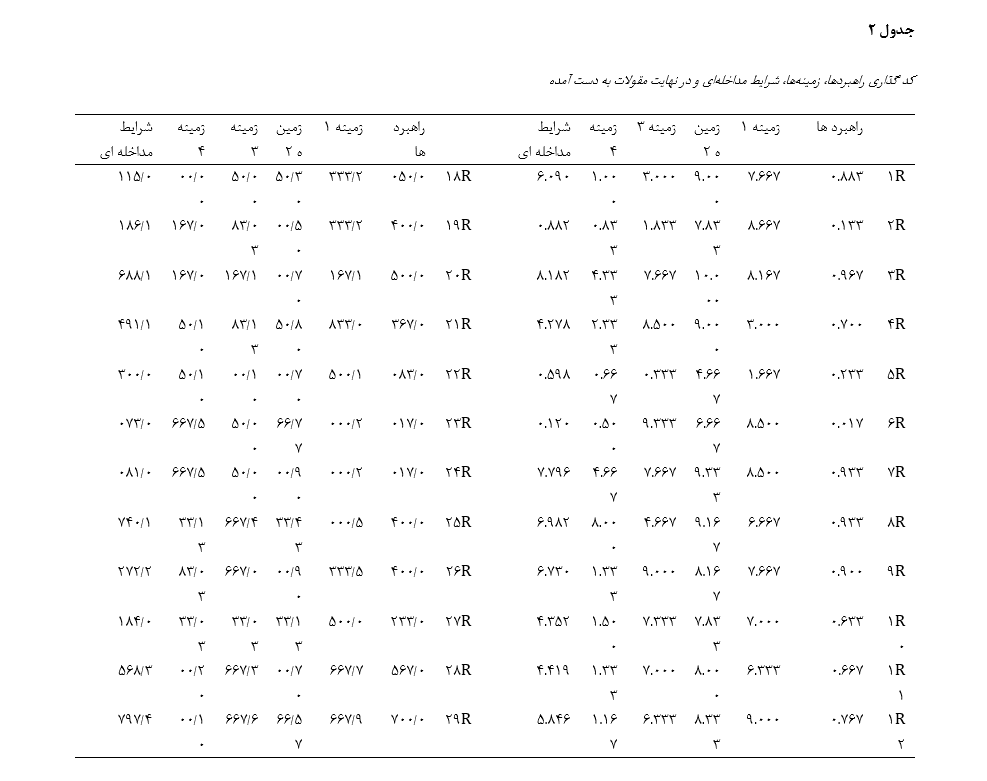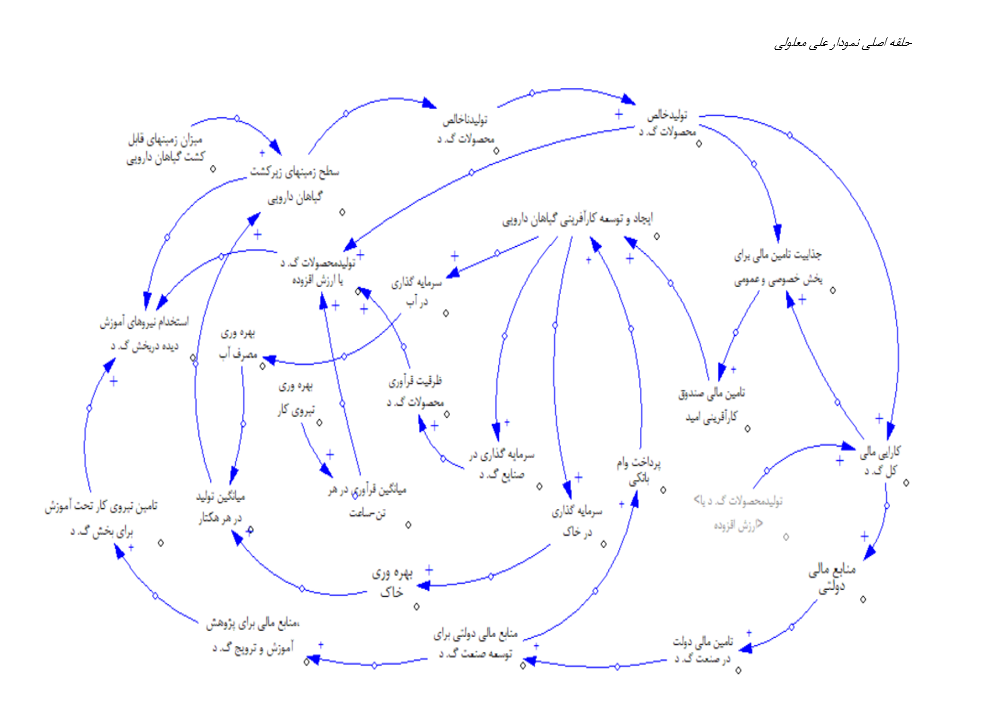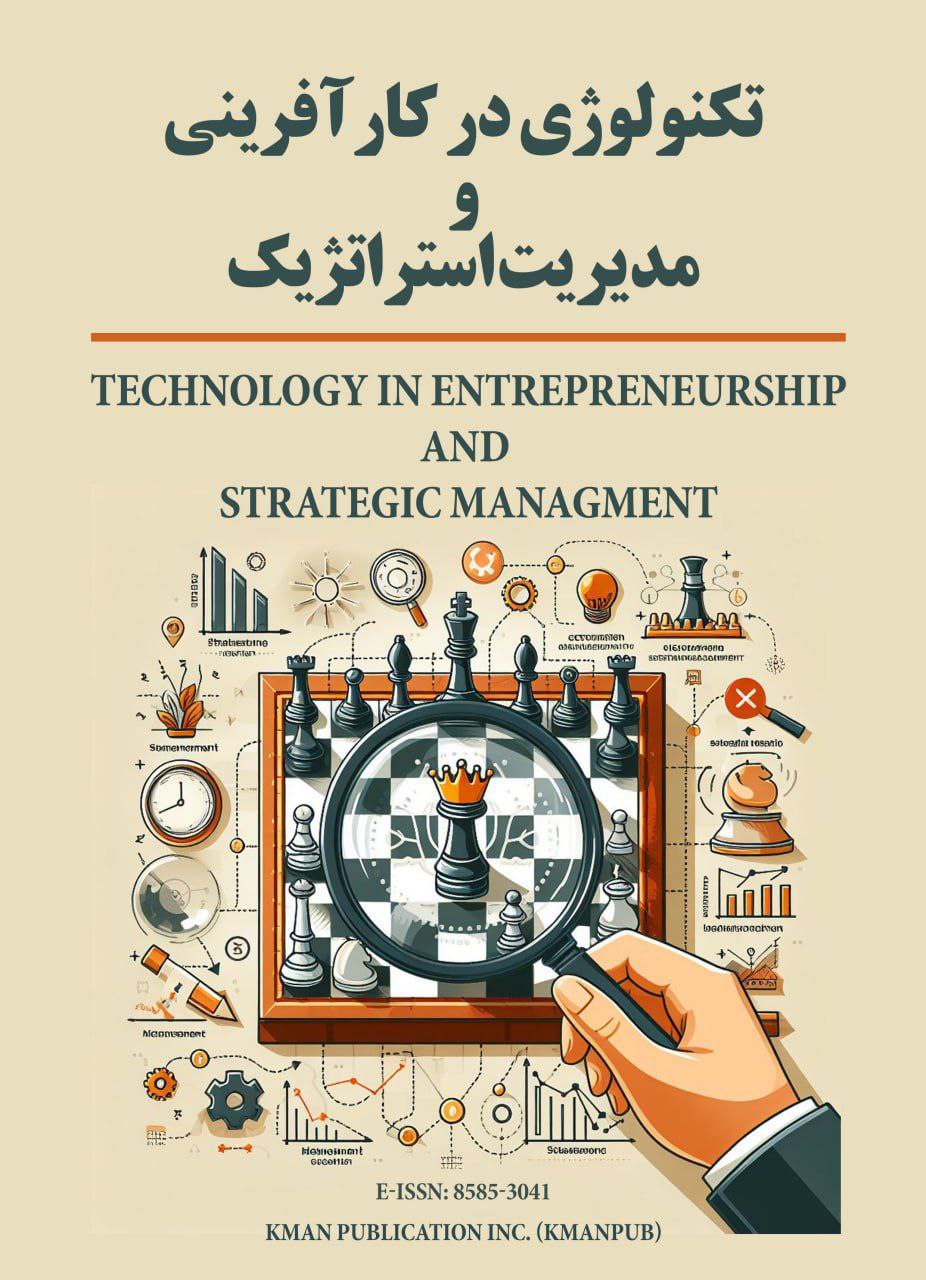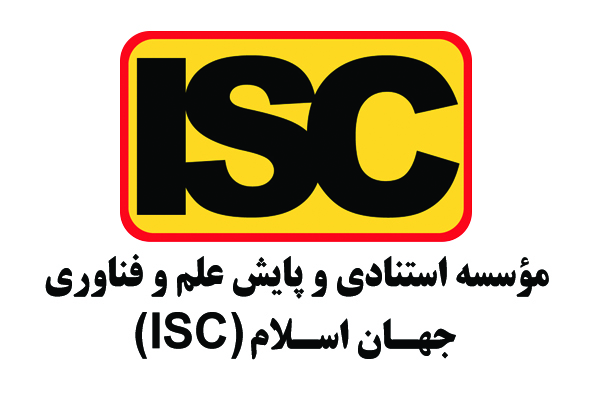
About the Journal
The "Journal of Technology in Entrepreneurship and Strategic Management" is a scientific publication dedicated to the development and promotion of a culture of innovation management, technology in entrepreneurship, artificial intelligence in strategic management, identifying issues, challenges, and solutions in this field within organizations. It aims to elevate the level of research, accelerate the flow of ideas, produce and disseminate knowledge, and provide an appropriate platform for exchanging experiences and publishing the latest scientific achievements in innovation management and organizational behavior on a national and international level. The journal publishes high-quality and original scientific articles in the field of innovation management. Submitted articles undergo a specialized review process and are published upon approval by the editorial board.
Professors and researchers are requested to register on the journal's website, prepare their articles according to the author guidelines, and submit them to the journal. Thus, there will be no need for in-person visits or phone calls to the journal's office, as all communications with authors and reviewers will be conducted through this system.
The journal welcomes all articles resulting from scientific research (especially methodical qualitative research) in various areas related to technology and innovation management, entrepreneurship, artificial intelligence and strategic management, organizational behavior, industrial-organizational psychology, and human resources. Referencing up-to-date sources and conducting a systematic literature review that covers a broad range of topics relevant to the article are of great importance to the journal. Additionally, providing appropriate analyses and achieving novel and innovative results will prioritize the submitted article for publication.
Call for Papers — English Issue
As part of our annual tradition, the Journal of Technology in Entrepreneurship and Strategic Management (JTESM) will publish a special English-language issue in the current volume. We warmly invite researchers, academics, graduate students, and industry practitioners to submit their English-language manuscripts for this special issue.
Suggested Topics:
-
Innovation and technology in entrepreneurship
-
Strategic technology management
-
Startup and innovation ecosystems
-
Digital transformation in entrepreneurial ventures
-
Emerging technologies and sustainable development
-
Technological entrepreneurship in emerging economies
-
AI, blockchain, and the future of strategic management
Submission Deadline: 21 September 2024
Language: English only
We look forward to your valuable contributions.
Current Issue






